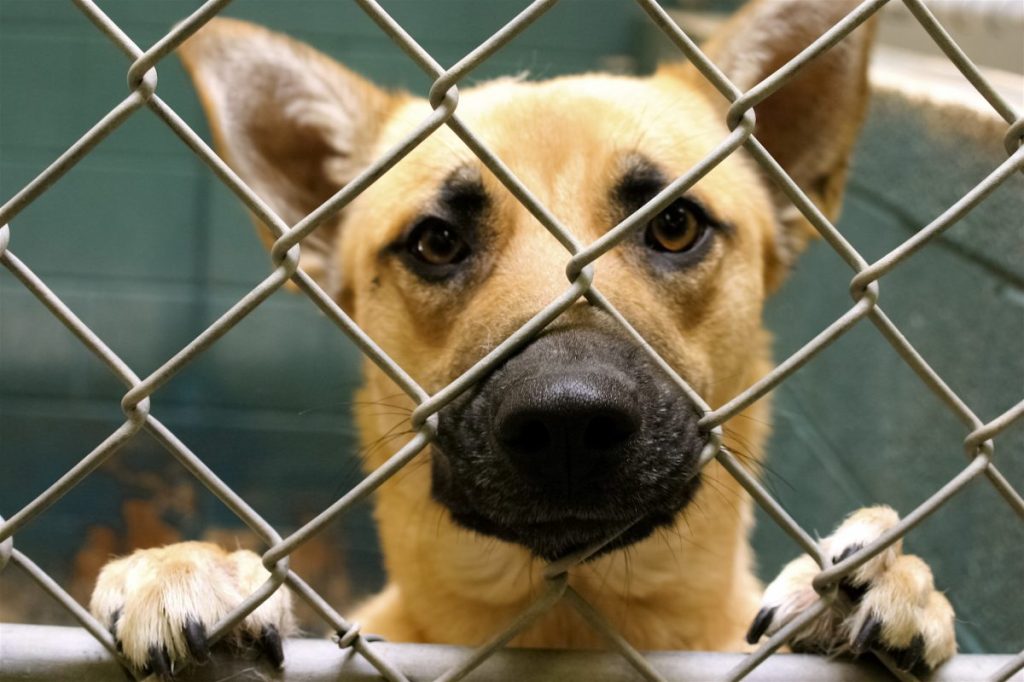Every year, around 2.7 million animals are euthanized — not because they are dangerous or unhealthy, but because nobody wants them. There is much debate over who bears responsibility for these deaths, and there is passionate discussion as to how to humanely unburden our overcrowded shelters. There is no shortage of opinions, but sadly, adoptable animals continue to die.
What the no-kill movement is
One of the voices in the discussion belongs to the country’s growing no-kill movement, which seeks to eliminate the euthanasia of “healthy, treatable” animals. While there are varying definitions of what constitutes “no kill,” the No Kill Advocacy Center defines it as a “live release rate” of 90% of all animals who enter private and municipal shelters. But the intricacies of how, and even if, this percentage is achievable are at times controversial, complex, and misunderstood.
About this no-kill article series
This series aims to explore the gray areas of the no-kill movement. It’s not a substitute for the material already out there. Rather, it’s an intimate look at all sides of this important issue.
The anecdotes at the beginning of each segment aren’t meant to demonize — or deify — shelters (or those who work inside them), but rather to offer a glimpse of reality. The goal is not to convince anyone to join a movement or take on a label. The intent is simply to move everyone one step closer to becoming a more humane nation.
In the next installment, we’ll examine the debate surrounding the no-kill movement. Then, we urge you to check out all the other installments of this series.









